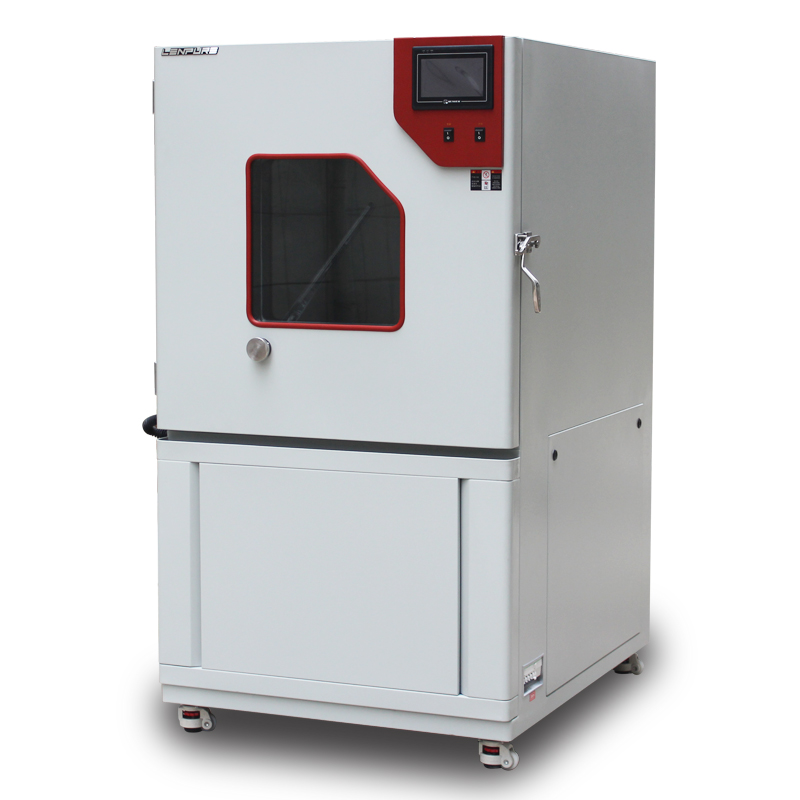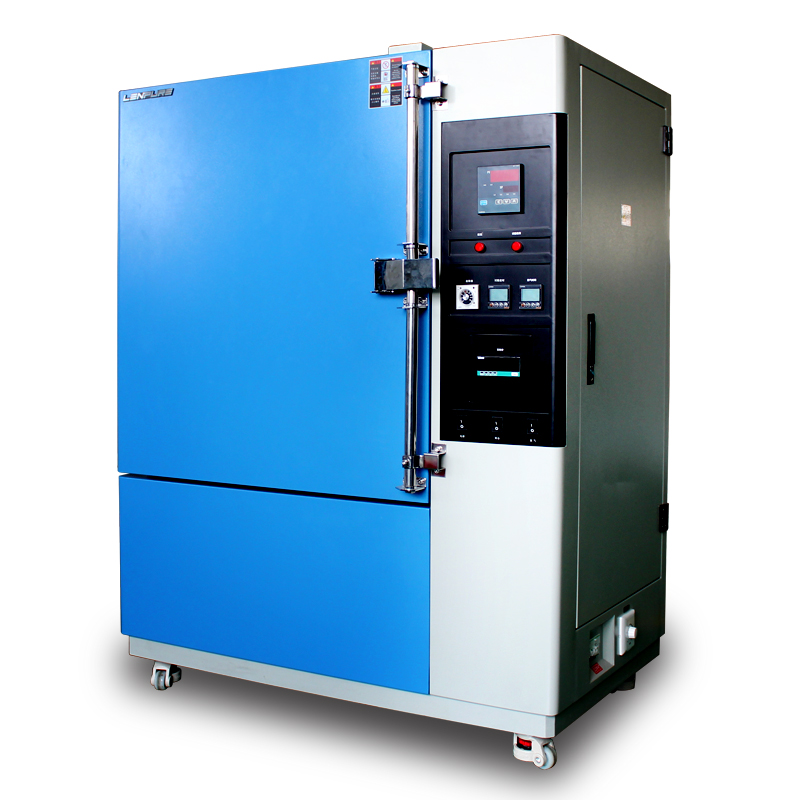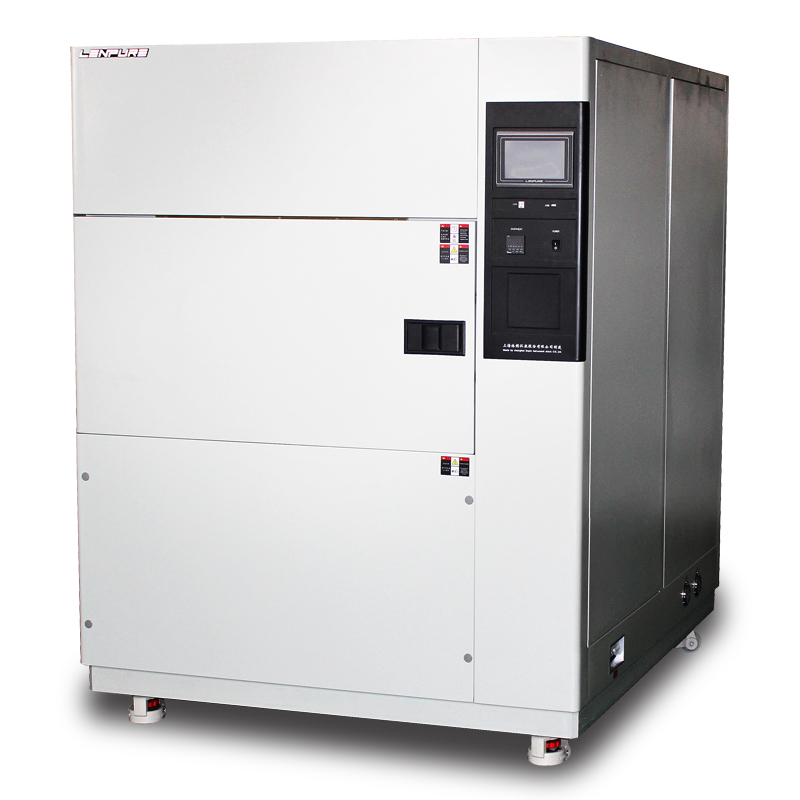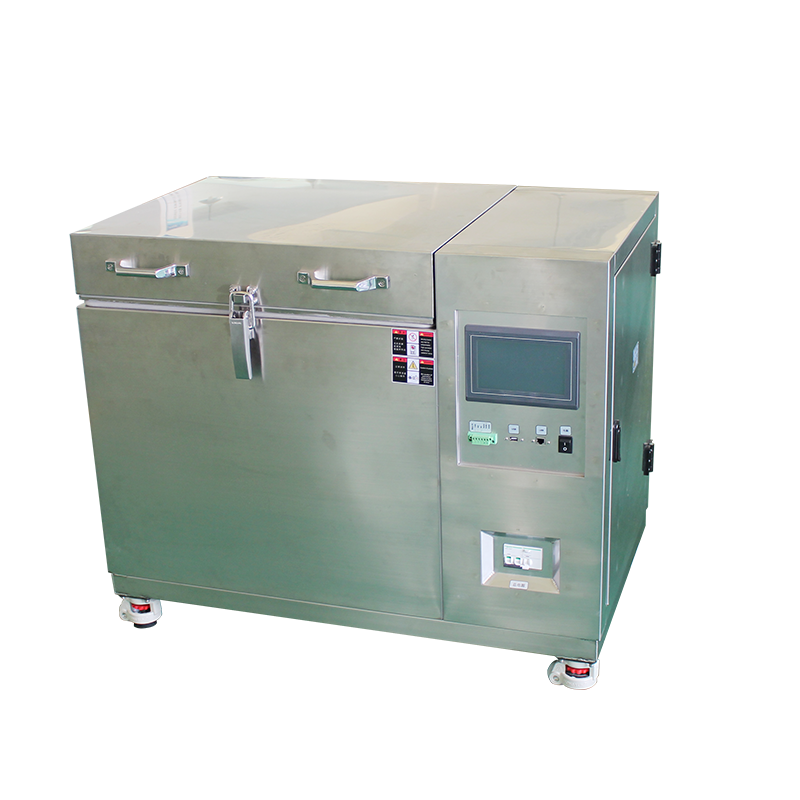Requirements for Test Conditions in a Sand and Dust Test Chamber
Author:LINPIN Update Time:2025-07-05 Source:LINPINA sand and dust test chamber is a laboratory device used to evaluate the physical performance and durability of materials by simulating exposure to sand and dust in a controlled environment. This testing helps determine how materials will perform in real-world conditions with similar exposure.
For sand and dust test chambers, the test conditions must meet the following requirements:
- Temperature Control: During testing, the chamber must be capable of performing high and low-temperature cycling tests on the test specimens. Typically, the required temperature range is -40°C to +80°C, with a fluctuation tolerance of ±2°C.
- Humidity Control: Humidity regulation is also crucial in sand and dust testing. The standard humidity range is 10% to 98% RH, with a fluctuation tolerance of ±3% RH.

- Dust Density Control: The test chamber must accurately control dust density to simulate real-world conditions. The typical dust density range is 0.05 g/m³ to 4 g/m³, with a fluctuation tolerance of ±0.1 g/m³.
- Test Duration: The duration of sand and dust testing is usually determined by the applicable test standards. Generally, tests are conducted continuously for 2 to 3 days or as required.
By meeting these control requirements, the sand and dust test chamber can accurately simulate real-world sand and dust environments, ensuring the accuracy and reliability of test results.





